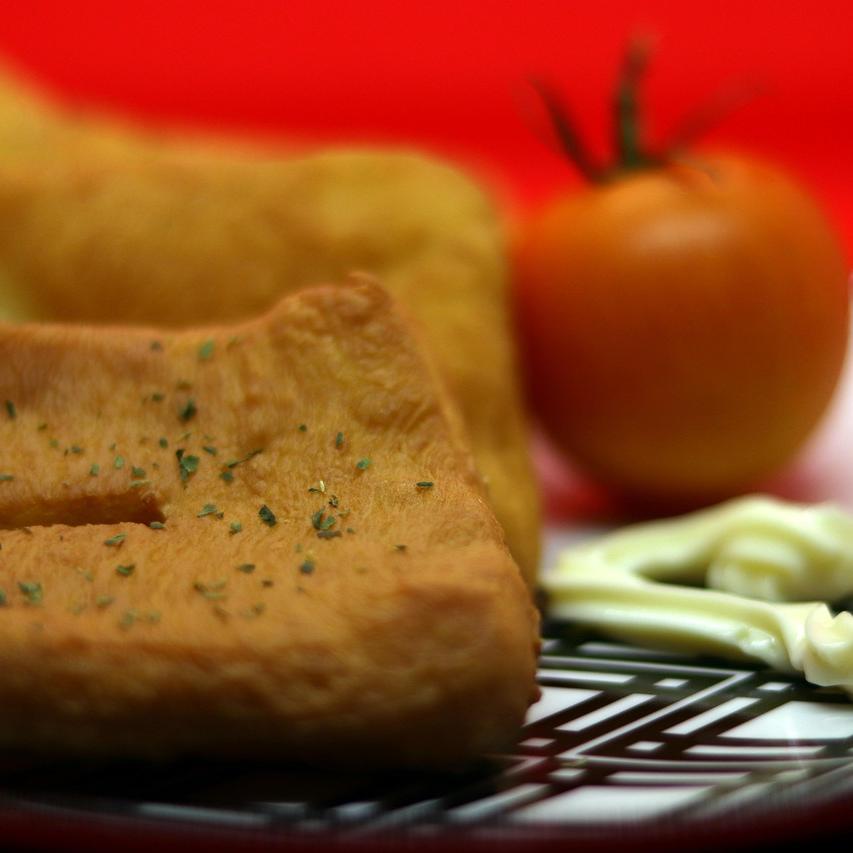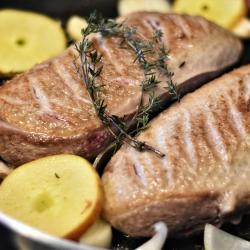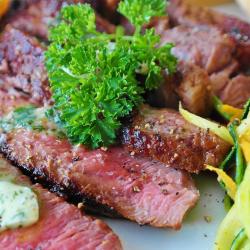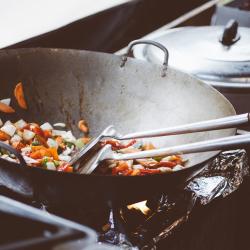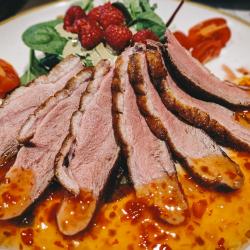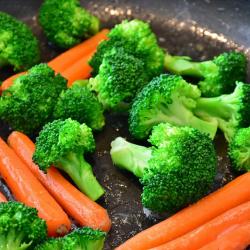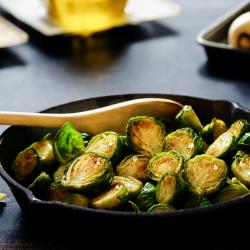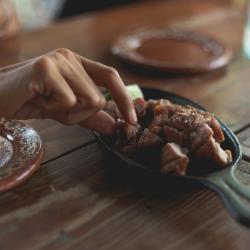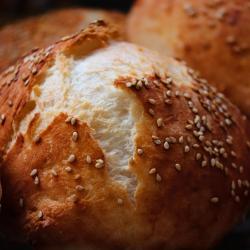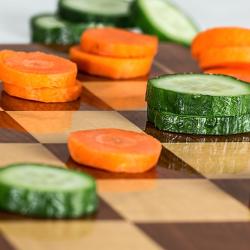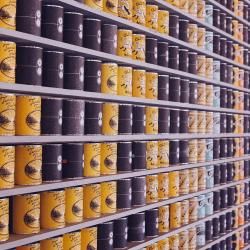How to Achieve the Perfect Crisp with Deep Frying
Deep frying is a popular cooking method known for transforming ordinary ingredients into extraordinary dishes with a satisfying crunch. Achieving the perfect crisp, however, requires more than just immersing food in hot oil. It demands attention to detail, the right techniques, and a bit of culinary science. Whether you're frying up chicken, potatoes, or seafood, here’s how to master the art of deep frying for that perfect crispy texture.
1. Choosing the Right Oil
The foundation of any good deep fry starts with selecting the right oil. Oils with high smoke points such as canola, peanut, or sunflower oil are ideal. These oils can withstand high temperatures without breaking down, which is essential for achieving a crisp exterior and preventing the food from absorbing too much oil.
2. Temperature Control
Temperature is crucial in deep frying. Too low, and your food will become greasy; too high, and it might burn. The ideal frying temperature typically ranges between 350°F and 375°F (175°C to 190°C). Use a kitchen thermometer to maintain consistent heat. Allow the oil to return to the correct temperature between batches to ensure uniform cooking.
3. Preparing Your Ingredients
Proper preparation of the ingredients is key to achieving a crisp finish. For proteins like chicken or fish, pat them dry with paper towels to remove excess moisture. For vegetables or potatoes, consider soaking them in cold water to remove excess starch, which can prevent crisping. After soaking, make sure to dry them thoroughly.
4. Battering and Breading
The coating plays a significant role in crispiness. There are several options:
- Flour and Cornstarch: A simple mixture of all-purpose flour and cornstarch can result in a light, crispy coating.
- Batter: A batter made from flour, water, and sometimes beer or seltzer, provides a thicker, more substantial crust.
- Breadcrumbs: Panko breadcrumbs are popular for their airy texture that results in a light, crunchy coating.
Ensure that your batter or breading evenly covers the food and remove any excess before frying to avoid clumping.
5. Frying Technique
Do not overcrowd the frying pot. Adding too much food at once can lower the oil temperature, leading to uneven cooking and sogginess. Fry in small batches to maintain the oil temperature and ensure even cooking.
Turn the food occasionally to ensure it cooks evenly on all sides. Once golden brown, remove the food from the oil using a slotted spoon or spider strainer to allow excess oil to drain back into the pot.
6. Draining and Resting
Proper draining is essential to achieving crispiness. Once out of the fryer, place the food on a wire rack set over a baking sheet. This allows air to circulate around all sides, preventing steam from making the food soggy. Avoid using paper towels, as they can trap steam and moisture.
7. Seasoning
Season your fried foods immediately after they come out of the oil. Salt and other seasonings adhere better when the food is hot, ensuring a well-seasoned, flavorful dish.
8. Serve Immediately
Deep-fried foods are best served fresh and hot. The longer they sit, the more they lose their crispness. Plan to serve your fried delights as soon as they are ready for optimal texture and taste.
Conclusion
Achieving the perfect crisp with deep frying is a combination of selecting the right oil, maintaining the right temperature, properly preparing and coating your ingredients, and using the right frying techniques. With patience and practice, you can master the art of deep frying, creating dishes that are not only delicious but also boast that perfect crunch that everyone loves. Happy frying!
